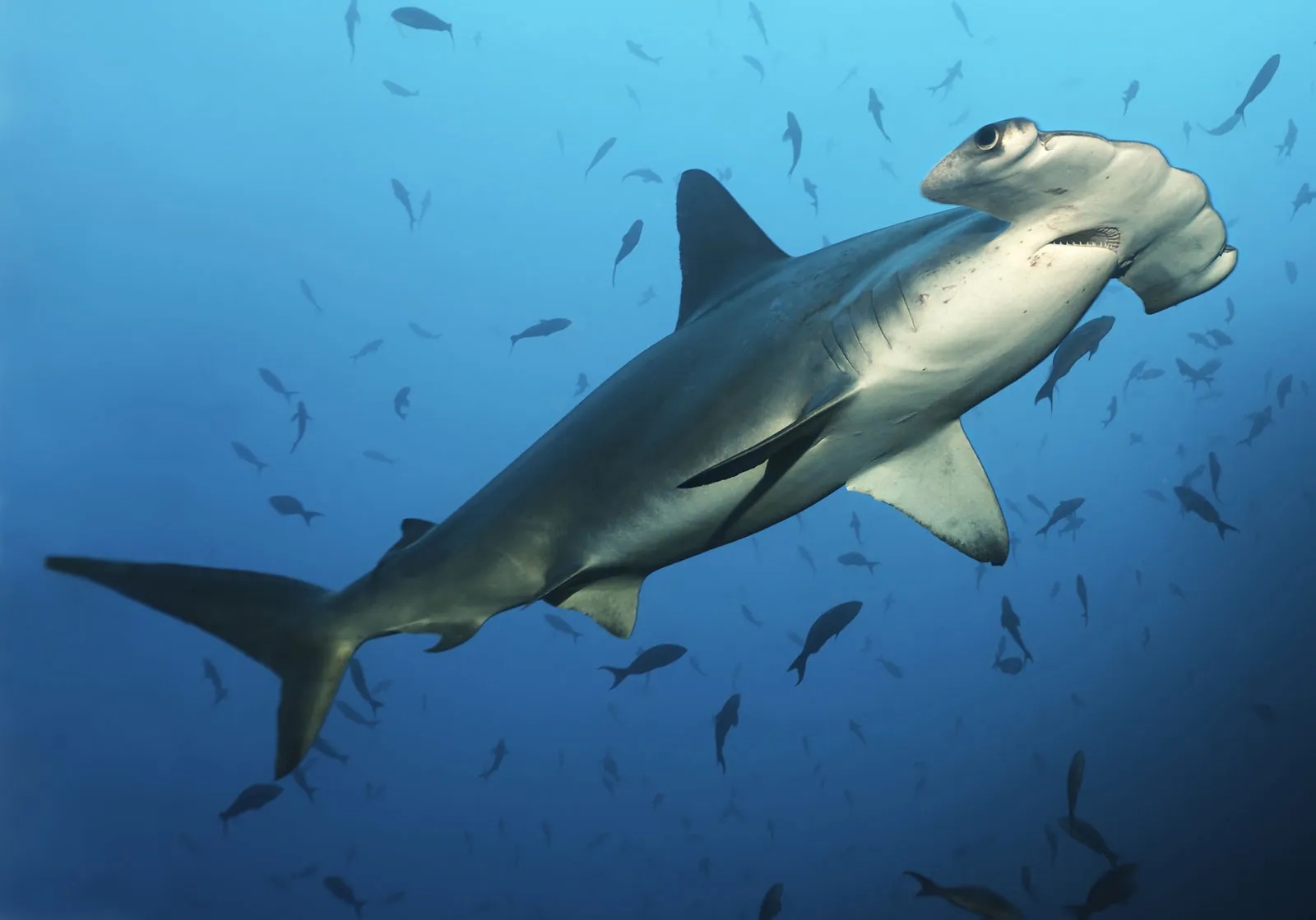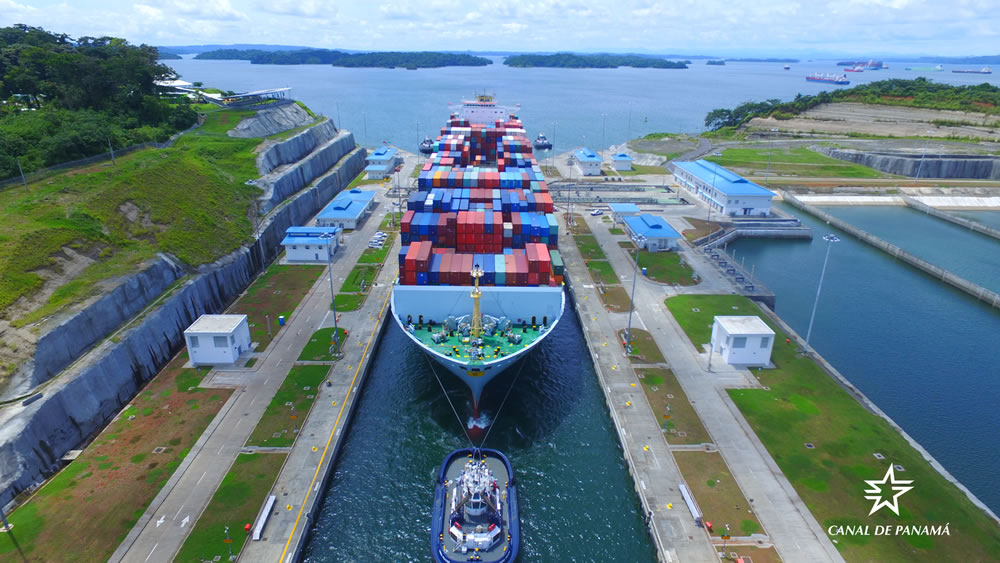Some Hammerhead Sharks in the Galapagos are Migrating to Panama to Give Birth
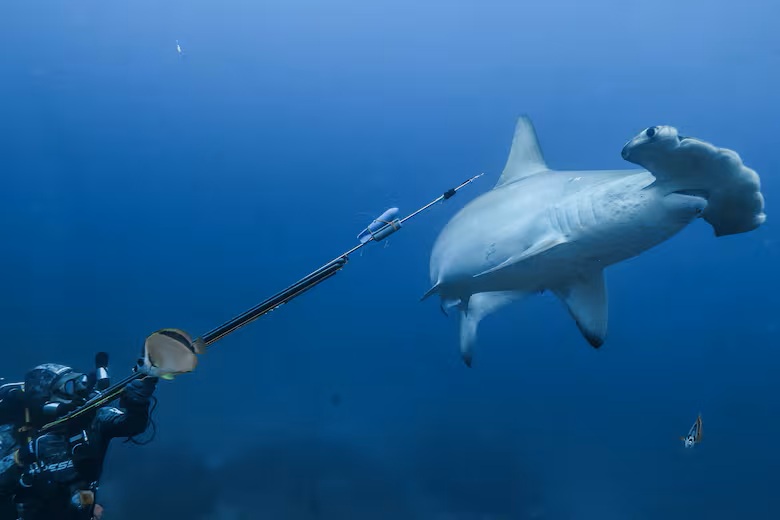
Satellite tracking of a common hammerhead shark (Sphyrna lewini), which was fitted with a tracking device in the Galapagos Islands (Ecuador), has revealed the possibility that some females of this species migrate to give birth, as scientists believe they may have given birth in Panamanian waters. The research documented what would be the first scientifically recorded birth migration of the common hammerhead shark, a critically endangered species. This was confirmed by experts from the Charles Darwin Foundation’s (CDF) shark ecology and conservation program, the Shark Research Center of the Save Our Seas Foundation, and the Guy Harvey Research Institute at Nova Southeastern University (United States), along with the Galapagos National Park Directorate. The tagged shark—an adult female with a visibly distended abdomen, suggesting late pregnancy—traveled across the Pacific Ocean, between the Galapagos Islands, the coast of Panama, and international waters west of the archipelago, the CDF reported Thursday.
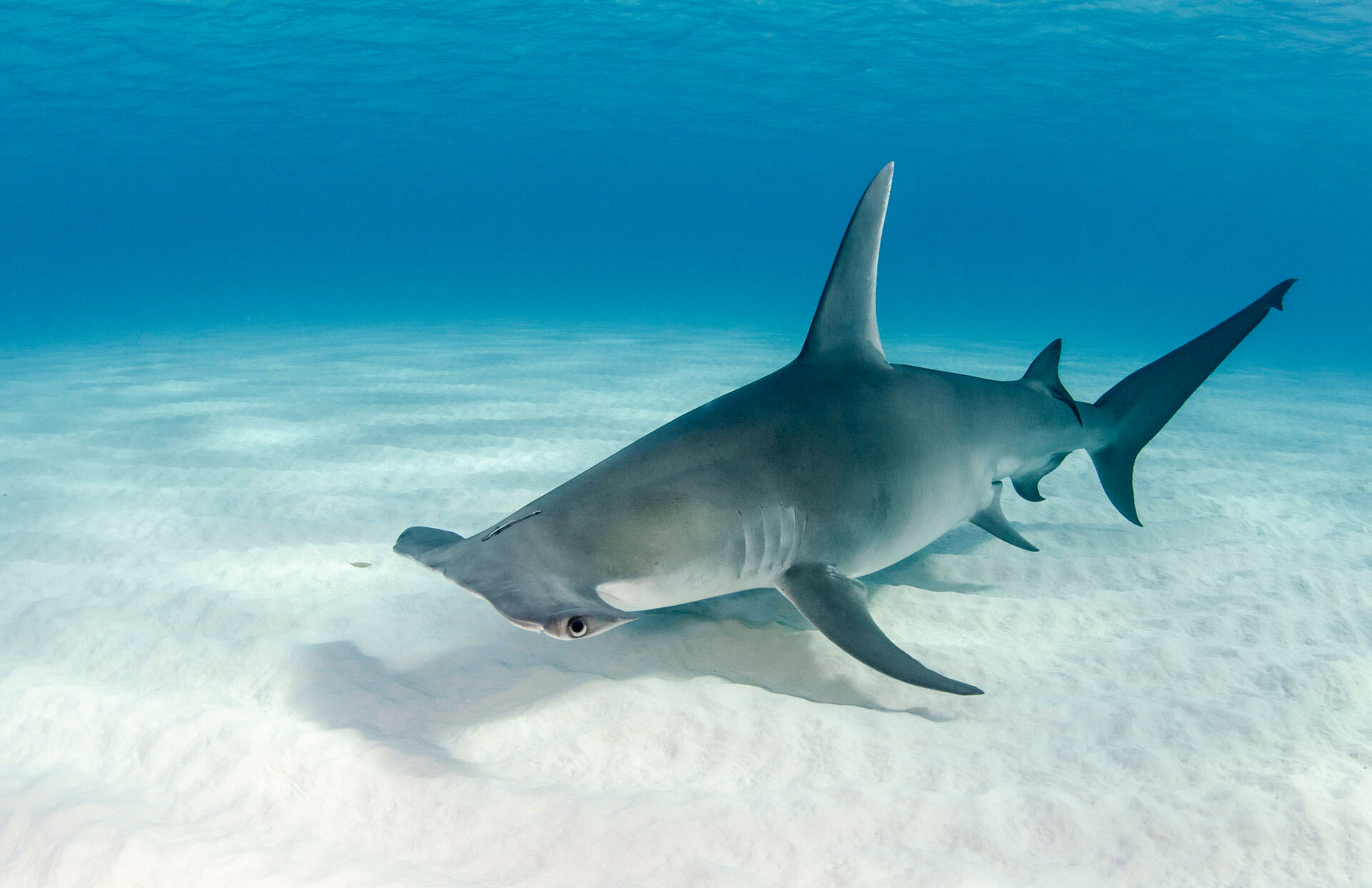
Seven-Month Follow-Up
Using special equipment to reduce the shark’s stress, scientists attached a satellite transmitter to the base of Alicia’s dorsal fin, towed in February 2023 to Darwin Island, where she remained for more than two months. This device, designed to resemble a remora fish swimming alongside the shark, allowed the movements of this female, measuring more than 2.7 meters, to be tracked, and its location to be known in near real time every time it approached the ocean’s surface. In early May, she swam 1,300 kilometers to the Gulf of Chiriquí off the coast of Panama, a known breeding area for this species. After six days in Panamanian waters—where it is believed to have given birth to between 15 and 30 pups—it migrated some 3,000 kilometers westward, settling in late July in international waters more than 1,800 kilometers west of the Galapagos Marine Reserve (GMR), where the last signal was received on September 3, when the transmitter battery died. During nearly seven months of monitoring, Alicia traveled nearly 6,000 kilometers, the longest satellite tracking recorded to date for a hammerhead shark.
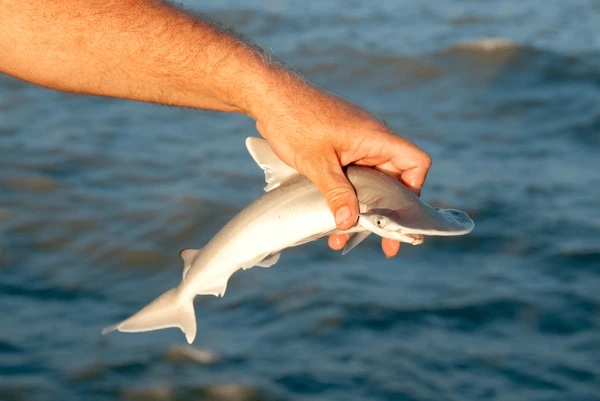
Fishing Continues
Pelayo Salinas, senior marine scientist at the CDF, noted that this possible first scientifically recorded birth migration for this species is a “crucial discovery” that provides information about the complex life cycle and the long migrations females undertake to give birth. Furthermore, it highlights the urgent need to protect sharks beyond existing Marine Protected Areas. He lamented that, despite their threatened status, many pregnant female sharks continue to be “fished during their migration, and newborn sharks are captured daily in most coastal nursery areas.” The great hammerhead shark was classified as “critically endangered” in 2019 by the International Union for Conservation of Nature (IUCN) Red List of Threatened Species, due to an estimated global population decline of more than 80% over three generations (72.3 years). Despite this status, hammerhead shark fins caught in the Eastern Tropical Pacific continue to supply Asian markets, the CDF said in its statement.
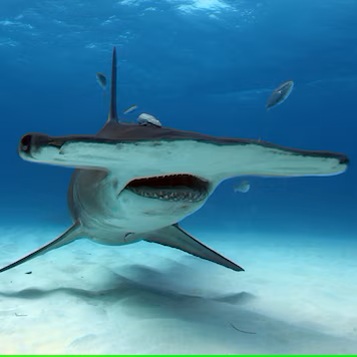
International Cooperation
Alicia’s time in international waters west of the GMR (approximately 40% of the total tracking time) underscores the urgency of international cooperation to reduce high-seas fishing mortality and reverse the population decline of this iconic species. For Mahmood Shivji, director of the Guy Harvey Research Institute and the Shark Research Center at the Save Our Seas Foundation, the information obtained thanks to Alicia “should help better plan where to focus additional conservation actions” in the PEC to protect her species.
